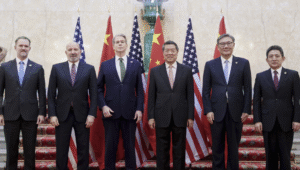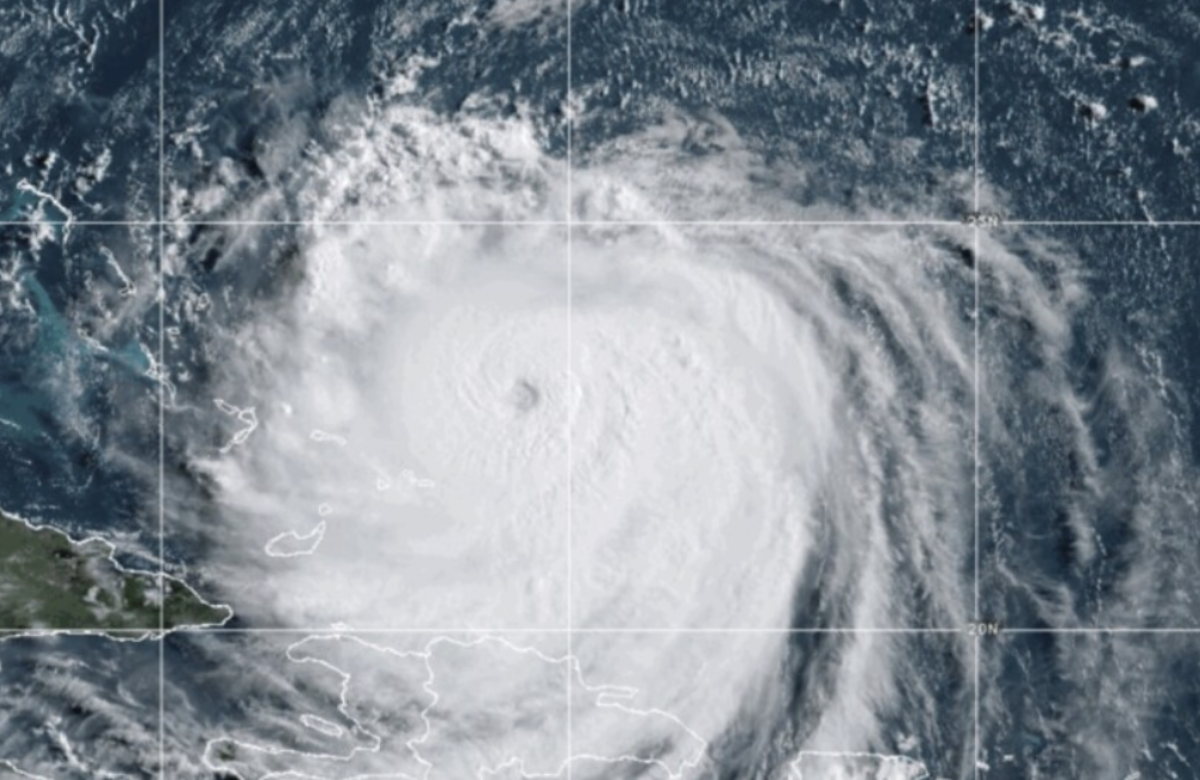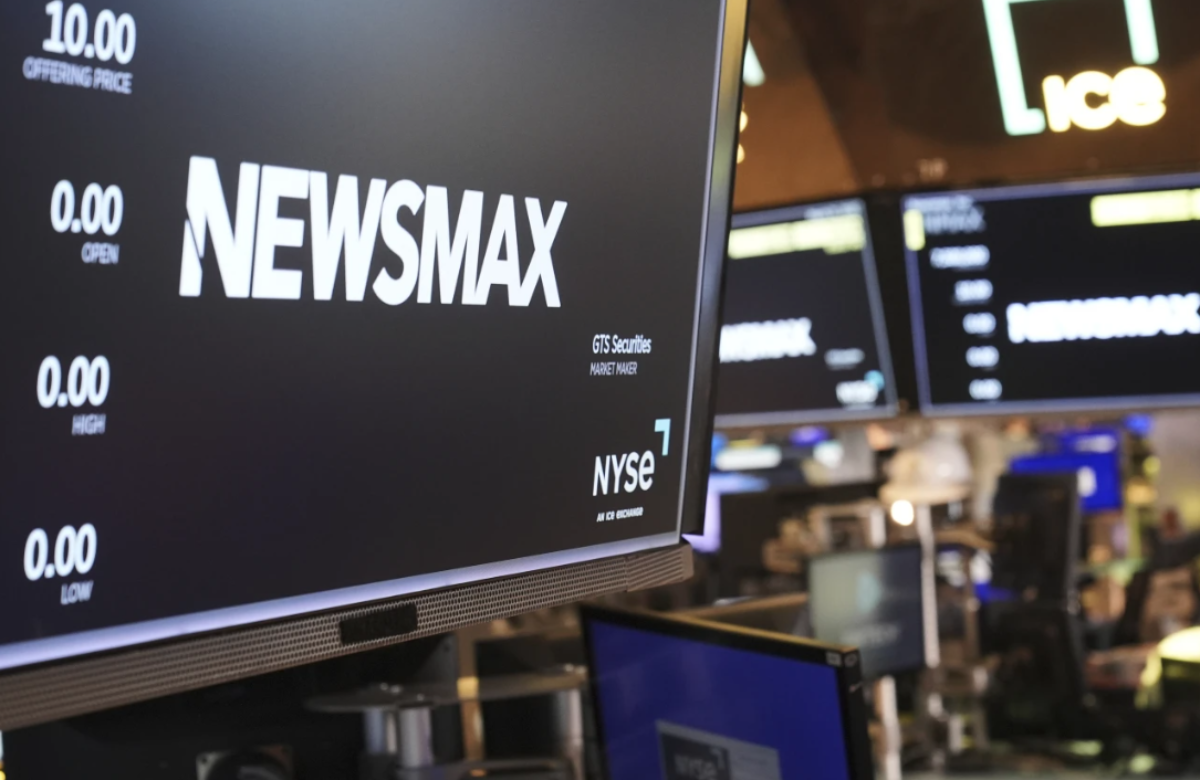China has once again vowed to “fight to the end” in its ongoing trade war with the U.S., announcing a significant increase in tariffs on American goods to 84% starting Thursday. This move follows U.S. President Donald Trump’s decision to raise tariffs on imports from China to 104%, and comes as part of a series of countermeasures taken by Beijing in response.
In addition to the tariff hike, China has filed another lawsuit against the U.S. at the World Trade Organization (WTO) and imposed further restrictions on trade between American and Chinese companies. A statement from the Ministry of Commerce reiterated China’s determination to take “necessary countermeasures” if the U.S. continues to escalate its economic restrictions.
China’s latest actions also include adding 11 U.S. companies to its “unreliable entities” list, which will prevent Chinese companies from selling them dual-use goods. Among these companies are American Photonics and SYNEXXUS, both of which collaborate with the U.S. military.
Despite the ongoing tensions, China has shown no interest in negotiating with the U.S. government, stating that if the U.S. truly seeks resolution through dialogue, it must approach the matter with respect, equality, and mutual benefit.
The white paper issued by China also criticized the U.S. for not honoring commitments made in the Phase 1 trade deal, including accusations that U.S. actions, such as the law threatening to ban TikTok unless its Chinese parent company sells it to an American buyer, violate promises related to technology transfers.
Additionally, China pointed out that economic exchanges between the two countries are relatively balanced when factoring in trade in services, such as banking, insurance, and accounting, in which China faced a deficit with the U.S. of $26.57 billion in 2023. While U.S. tariffs aimed at reducing trade deficits with China, China argues that these actions have been ineffective, leading to financial market fluctuations, increased inflation in the U.S., weakening of the U.S. industrial base, and heightened risks of a U.S. economic downturn.













